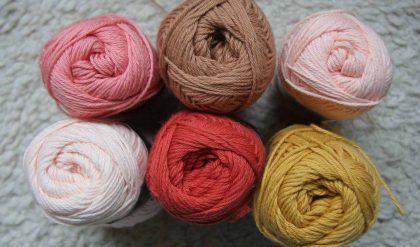The irregularities that may be caused by machine defects are usually independent of those caused by the material characteristics. However, irregularities caused by uncontrolled stretching of the input or output material may be influenced by fiber properties and parallelism. Although modern machines are well designed and constructed, wear can lead to mechanical defects and the following three types are of importance.
Roller Eccentricity As Figure 5.13 shows, roller eccentricity essentially means that the actual centre of a roller, in this case the top roller, is offset from the axis of rotation, and this causes the radius of rotation to vary during each revolution of the roller. Consequently, roller eccentricity causes the nip of a roller pair to fluctuate, and this alternatively increases and shortens the drafting zones. Usually, the effect of such movement of the back-roller nip line is negligible, but it is of much significance with the frontroller pair. In the case of the front rollers, the number of fiber-leading ends nipped by the rollers will vary in a regularly repeated manner, resulting in thick and thin places in the drafted material. The forward movement of the nip line increases the spacing

between fiber ends to produce the thin places, and the backward movement produces the opposite. This gives a periodic variation, with a wavelength equal to the roller circumference. The amplitude of the periodic variation will depend on the amount of nip movement, which is likely to be small. Importantly, therefore, the irregularity value (i.e., CV%) of the drafted material may not be greatly affected and, unwittingly, may seem to be low, particularly if steps have been taken to minimize the effects of the material characteristics discussed above.
The Uster spectrogram will, however, indicate the periodic fault.54 Such a fault that occurs in one drafting action will also be present in the output material of subsequent roller drafting(s), which may not be affected by machine faults. Similar to other irregularities, the wavelength of the periodic fault would then increase by the multiple of the draft(s) and is identifiable in the corresponding Uster spectrogram. The eccentricity of a bottom roller is more severe than that of a top roller. This is because the bottom roller is directly driven so that, as well as introducing the nip movement, the varying radius of rotation would also cause the roller surface speed to fluctuate regularly. The result would be a larger amplitude of periodic fault as compared with that caused by an eccentric top roller.

